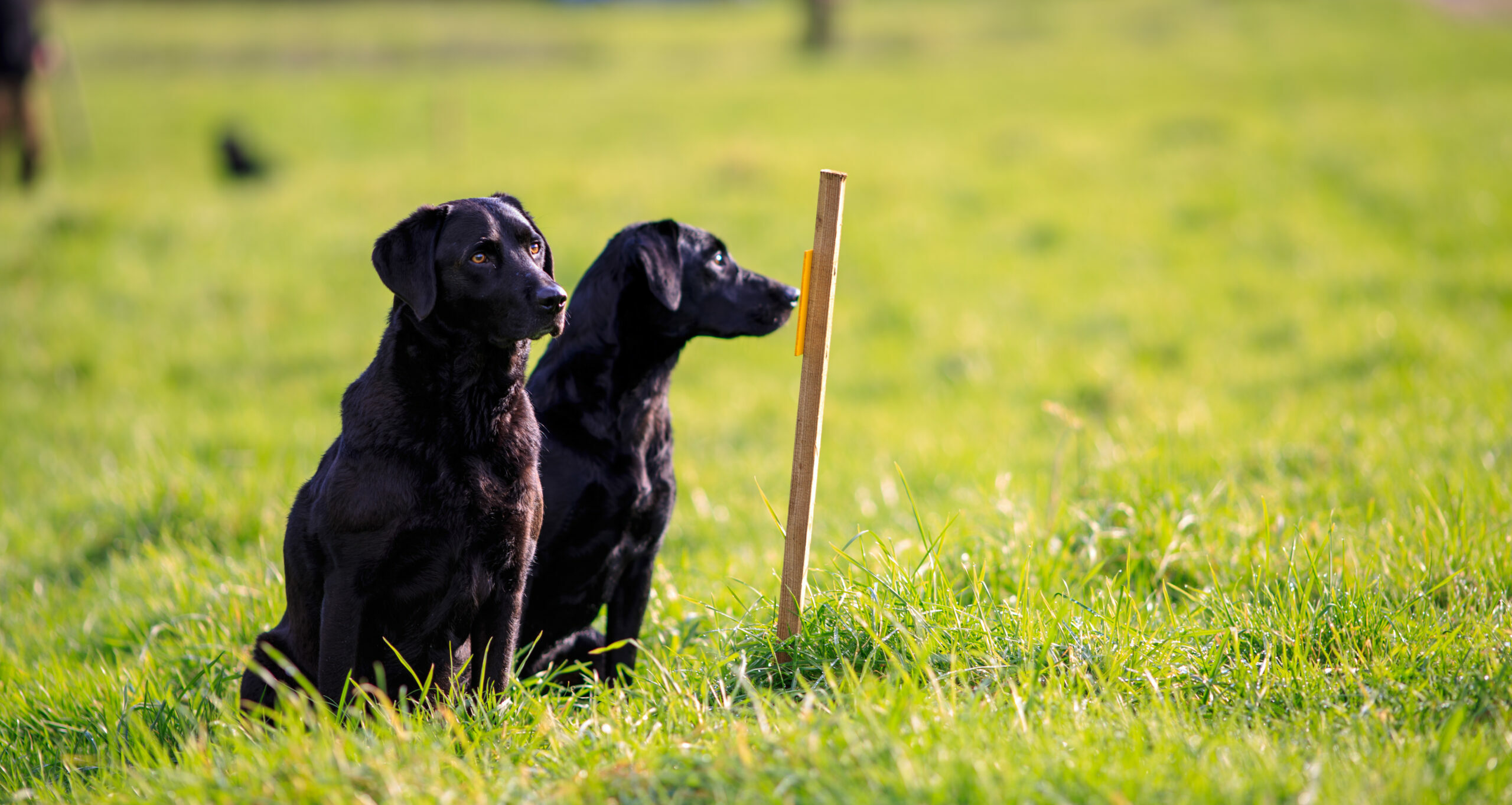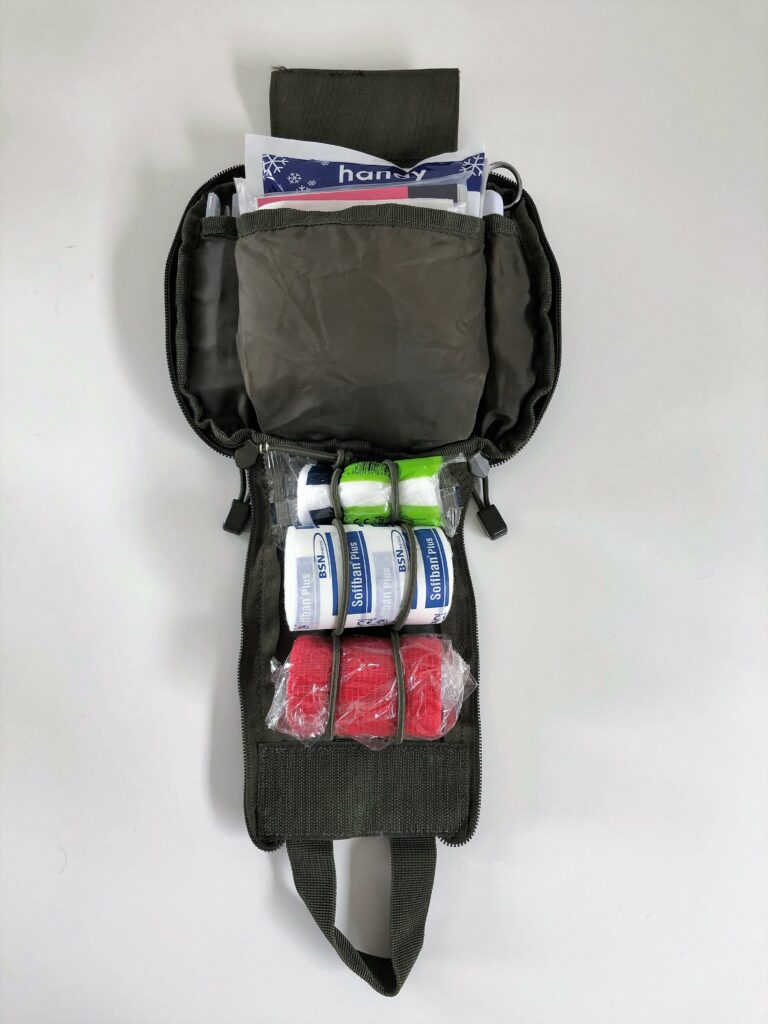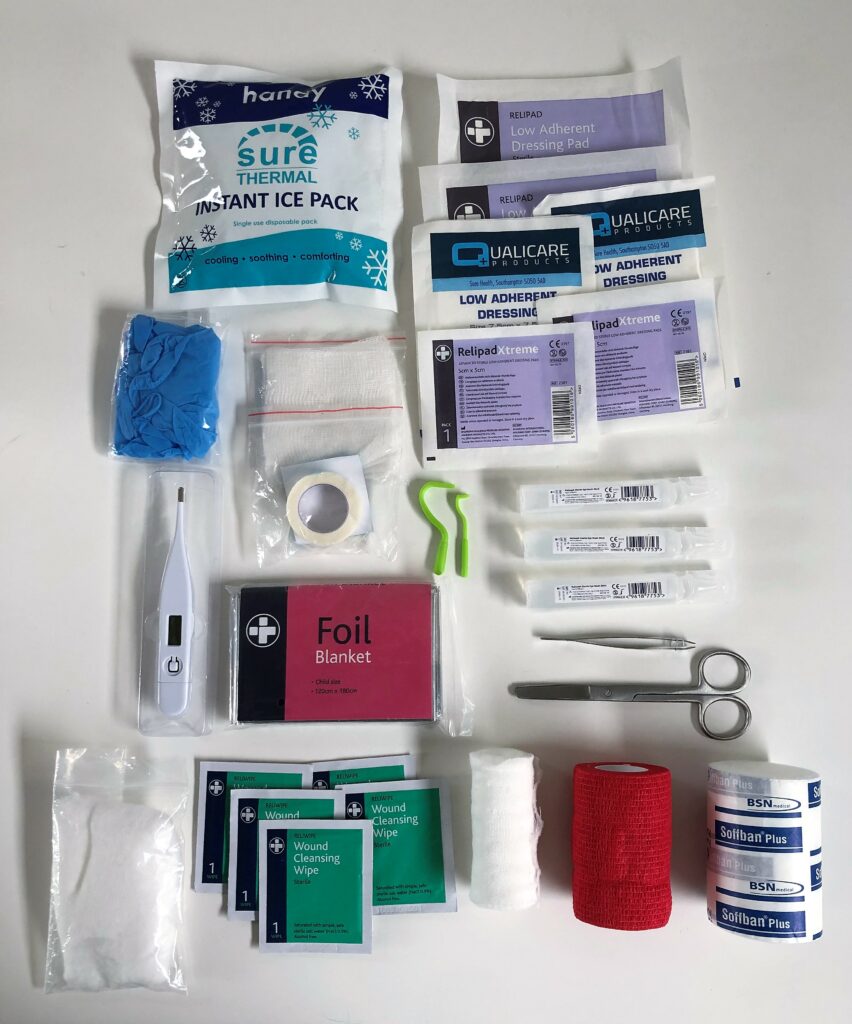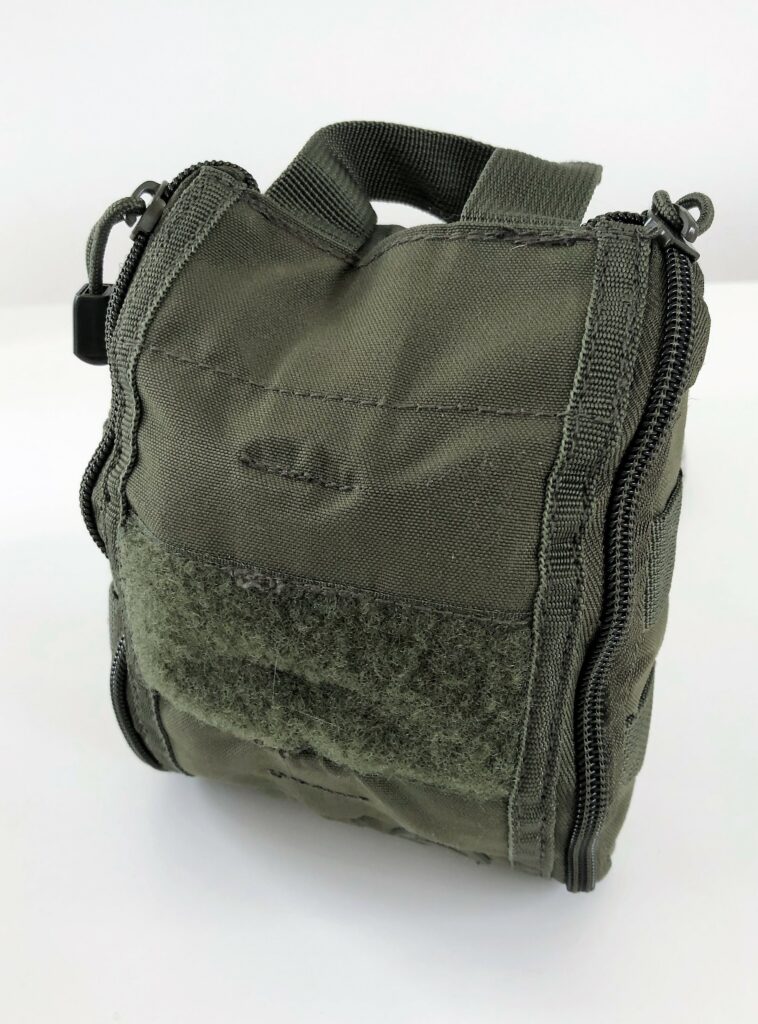First Aid For Working Dogs
Dog Health
October 19, 2020

A day out in the field can be one full of tests for both you and your dog. For months you have prepared for this season; from training to ensuring your dog has the correct nutrition. What could possibly go wrong?
Unfortunately, out in the countryside, there are some things that are just out of your control and put your dog at risk of illness or injury. From tick bites to electric shocks, the dangers are there and we, at Skinner’s, want to help you feel be prepared for these scenarios.
Last year Skinner’s joined forces with Dr Victoria Strong BVSc BSc (Hons) DVetMed MRCVS to produce our very own First Aid Booklet. This handy A5 reference guide has been designed for anyone who owns, walks or works dogs and would like to know how to administer canine first aid should the need arise.
Top Tips
We hope your dog never becomes injured or unwell whilst doing what they do best, but here’s our top tips for what to do should the unexpected happen.
- Whatever the situation, remember to stay calm.
- If veterinary treatment is required, phone ahead and tell your vet you are coming.
- If you find a tick, it is very important to remove it straight away using a specially designed tick hook (not tweezers) to ensure proper removal. Never try to apply chemicals or burn off the tick. Alternatively, visit a vet.
- In the case of injury, minimize your dog’s movement whilst keeping them warm and calm.
- If you are suspicious your dog has received an injury to their back, take particular care when moving them. It’s recommended to transfer them onto a hard, flat surface (e.g. a parcel shelf from your car) before lifting.If your dog has a bandage, don’t let the dressing get wet. Cover it with a plastic bag if going outside, but remove this when back indoors.
- Complications due to incidents such as electric shock or near drowning can be delayed. If your dog experiences a near miss, it is important that you get them checked over by a vet, even if they seem fine.
Be Prepared
Handle your dog regularly. Running your hands over your dog and carrying out a visual health check on a regular basis will get your dog used to being handled. This will make things easier should you need to inspect a cut or remove a tick.
We also recommend that you invest in a First Aid Kit specifically produced with working dogs in mind. Our First Aid booklet features Dr Victoria Strong’s Working Dog first aid kit which can be purchased here: https://www.drvictoriastrong.com/shop



Please note, the information contained in the article and the Skinner’s First Aid Booklet is not a substitute for veterinary advice or intervention. Its purpose is to equip dog owners and handlers with the knowledge and skills needed to preserve life, minimise suffering and maximise the chances of recovery, until veterinary attention is available.


